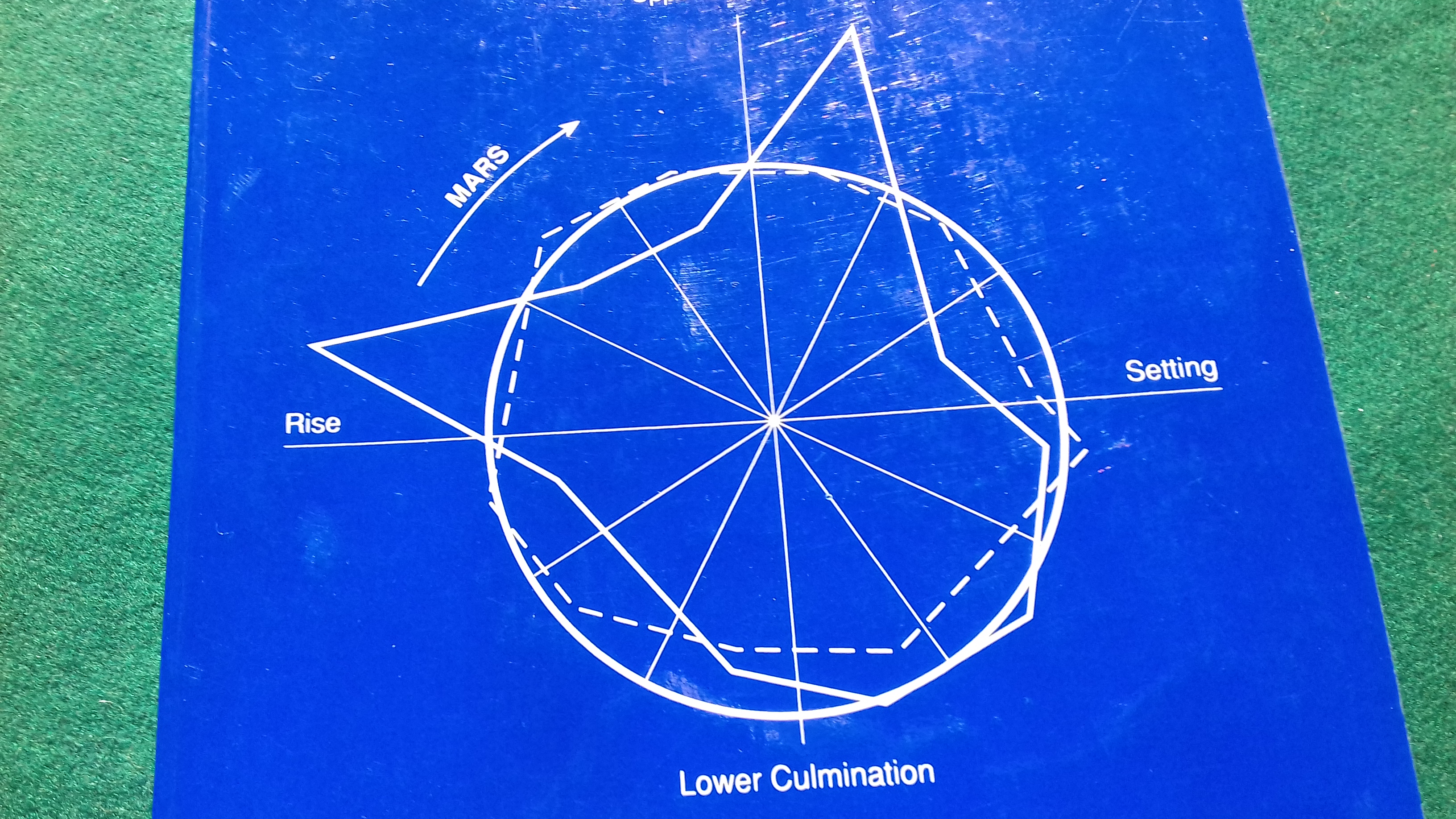What did he find?
Gauquelin’s research focused above
all on astrological features related to life professional achievements. He assessed various astrological features in
the natal charts of eminent professionals to see whether they shared any
particular astrological factor.
He did not find anything in terms
of signs of the zodiac or aspects.
However, he did find significant differences in the distribution of the
planets, in particular he found a significantly higher frequency of Mars just
above the horizon or just past the zenith in the natal chart of 576 members of
the French Academy of Medicine (1920-39) than what would be expected by chance.
Being acutely aware that a finding
is valid in science only if it can be replicated, he repeated the analysis using the 508 charts of
well-known doctors listed in Dictionnaire National des Contemporains
(1936-9). Once again, the position
of Mars stood out.
He then went on to study the
positions of the planets of other professionals.
He
found that when he calculated the distribution of the planets in subjects
chosen at random, the distribution was homogeneous. However, when they selected subjects who had
all excelled in a particular profession the situation changed. Major deviations repeatedly appeared and
statistical calculations showed that the probability of the deviations was due
to chance was very small, to use a statistical term the deviations were
“highly
significant”.
His findings related to sports champions are the most
famous and are the ones that are illustrated on the cover of his book “Cosmic
influences on human behavior”
The
book cover: Mars and sports champions

Here
is how to interpret the figure on the cover of the book:
The circle
shows the ideal distribution of the position of Mars in a natal chart. The broken line shows the distribution
of the position of Mars in the charts of 717 undistinguished sportsmen,
the unbroken line shows the distribution of the position of Mars in the charts
of sports champions. You will notice
that Mars was very frequently placed just above the horizon where the sun rises
(“rising”) or just after culmination i.e. where the sun is at noon, in the
highest part of the sky called zenith (“culminating”). If you look once more at the chart of
Mohammad Ali, who was a world champion in boxing, you will see that his Mars
was just after the culmination.
In
other words, the placement of Mars in the charts of sports champions is in the
three sectors of the sky just above the
horizon or in the three sectors just after the zenith much more frequently than
what would be expected by chance.